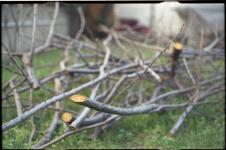|
Kodak World's Fair Flash |
Manufactured or assembled in USA from 1964 to 1966.
Index of rarity in France: Rare (among non-specialized garage sales)
Inventory number: 806
See the complete technical specifications
Chronology of cameras Kodak
In 1964, started in New York a World's Fair. For the occasion, Kodak , as a participant, released a specific model commemorating the event. This model is extrapolated from the Hawkeye Flash Fun et Flash Fun II.. Apart from the decoration, the only difference is the addition of a "cap" above the lens, presumably to act as a sun visor. In this 127 format , we recognize the descendant of the Starflash and the cousin of the Starlet II and Fiesta.
To learn more about this exhibition, please read below, the translation of a part of Jeffrey Stanton site.
New York World's Fair 1964-1965: is copied from of Jeffrey Stanton- rights (including photographs) are reserved. Without any response to my messages asking permission for its use, the text may disappear at any time.
The 1964 New York World's Fair at Flushing Meadow in Queens, New York had a two year run; from April 22 to October 18, 1964 and from April 21 to October 17, 1965 - a total of 360 days. It was held in conjunction with the city of New York's 300th anniversary of British forces under the command of the Duke of York gaining control of the Dutch city of New Amsterdam in 1664.
The 1964-65 World's Fair featured 140 pavilions on 646 acres, the old site of the 1939-40 New York's World Fair. Althought the majority of the pavilions were United States commerical companies, there were also 21 state pavilions and 36 foreign pavilions. It was the dawn of the space age and the fair's theme was "Man in a Shrinking Globe in an Expanding Universe."
The problem was that the fair wasn't sanctioned by the Bureau of International Expositions because world's fairs are limited to one year runs. Besides the BIE had already given their blessing to Seattle's 1962 fair (only one U.S. fair allowed per decade). Consequently most European countries and the Communist bloc boycotted it. None-the-less countries mainly in Asia, South America, the Mid-East and Africa were represented.
But it was U.S. industry, led by General Electric, Ford, General Motors, Crysler, I.B.M., Bell Telephone, U.S. Steel, Pepsi Cola, Dupont, RCA and Westinghouse that spent lavishly, erected handsome pavilions and stuffed them with entertainment that they hoped would boost their image with consumers. In all more than a billion dollars was invested.
In some ways the World's Fair two year run was a success and yet monetarily it was not. It was predicted that the fair would attract 70 million people over its two seasons. But after the end of the first season, attendance was running 25% below projections and a $10,000,000 deficit. After the fair's bland and dull fun zone failed to attract patrons, e better entertainment was added, but that did little to help. Fortunately a surge of attendance, 7 million people during the final three weeks, boosted attendance to 51 million. It was a new record for international expositions. The Fair, however, did not generate enough money to pay back notes and to finish Flushing Meadow Park in the ambitious style that Robert Moses hoped.

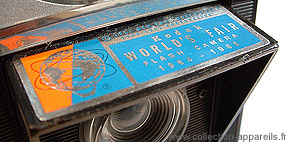
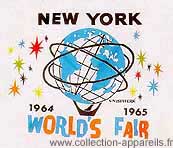
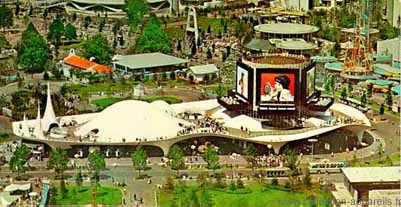
Kodak's pavilion, which displayed five of the world's largest (30 x 36 feet) color photographs on an 80 foot tower above its roof, called attention to its unusual pavilion below. The pavilion, which had 15 exhibit sections and two theaters had a threefold purpose; to demonstrate the wealth of experience to be gained from photography, to provide scenes on its rooftop garden for on-the-spot picture-taking, and to show the influence of photography on various aspects of modern
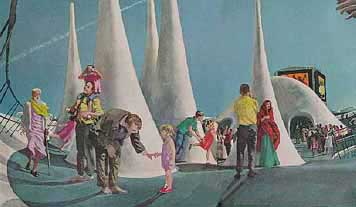
Below in a theater built into the base of the eight story picture tower, was a 23 minute color movie using a new multi-image 70 millimeter projection process. The "Searching Eye", made by the noted film maker Saul Bass, gave a child's view of common-place and unusual wonders of the world.
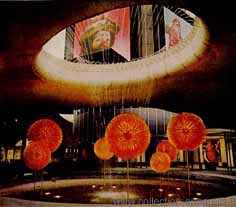
Kodak's enormous 30 x 36 foot color photographs could be seen from below.
Interesting links or bibliography :
Add a link or element of bibliography, a picture taken with this camera, a picture of box or an ads about this camera
Your photos taken with the same camera:
Cameras from Ebay France (Kodak) (Uploaded each 3 hours)







